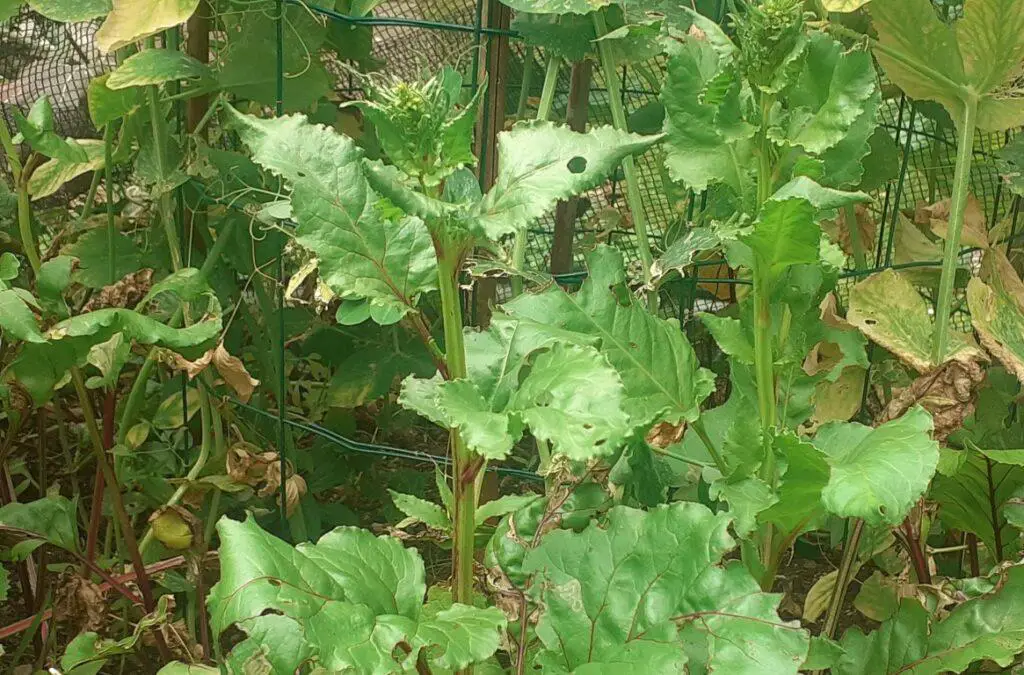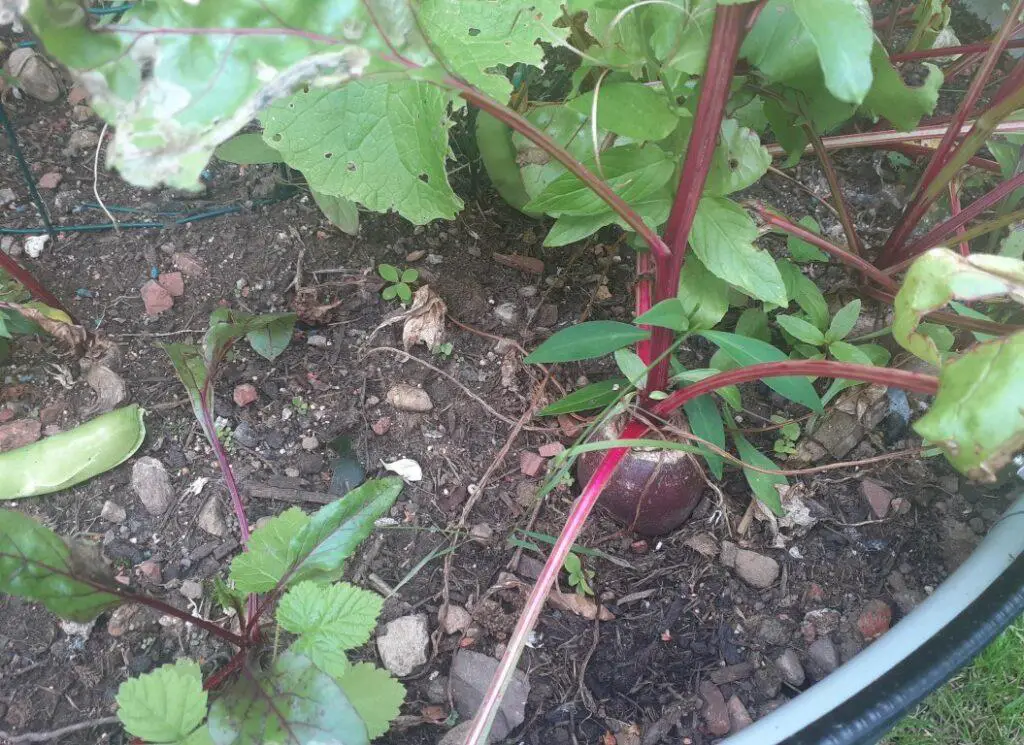There are many vegetables that suddenly grow upwards and burst into flower or goes to seed. This is called ‘Bolting’ and it is generally something that the vegetable gardener wants to avoid whenever possible as it generally makes the plant unpalatable at best.
The reason that Beetroot in particular goes to seed or ‘bolts’ is because it is stressed. This is usually because the conditions are not right and the plant decides to concentrate on producing flowers and seed rather than the actual Beet or fruit.
This is true for many vegetable plants including cauliflower, broccoli, leeks, parsnip, carrot, celery, lettuce, basil and onions.
Conditions that cause plants to bolt:
I mentioned earlier that the reason veggies bolt is because the conditions are not right for them.
In general, for cold-weather vegetables such as the majority mentioned above, that grow best in a ground temperature of 65-75F (18-24C), bad conditions usually means that the weather is simply too warm.
This could be a sudden hot spell that may indicate to the plant there are tough times ahead and so they revert to bolting quickly and seeding to reproduce before they die off.
Other conditions that can encourage bolting is sudden spells of cold, wet, or extremely humid weather.
Is Bolted Beetroot still edible?
Generally speaking, bolted vegetables including beetroot tends to be edible but not very pleasant to the taste. Tough and bitter tasting is the general consensus with bolted vegetables.
Some growers insist that the beet can still be pickled if it is large enough when the plant bolts.
Personally though, I just find bolted beets a bit bitter and woody for my taste.
The main thing here is to note that bolted vegetables are not poisonous as such and can be consumed at the growers discretion!
Indeed beetroot leaves – especially the new growth – can still be used in a salad for example. Even the flowers and stems of the beetroot plant are still edible.
How to stop beets and other veggies from bolting
To prevent your beets from bolting there are a few things you can do, these include…
- Growing bolt-resistant varieties such as ‘Boltardy’ or ‘Detroit Dark Red’.
- Plant beets early in the season 2-3 weeks after the last frost but before the ground temperature warms up.
- Covering the plants with a light net shading to prevent direct sunlight and keep the ground cool.
- At the first sign of bolting nip away the flower stem and make suitable alterations to cool or shade the plants.
- Sow the seeds directly outdoors rather than transplanting. This allows the young plant to grow without disruption.
- Keep the watering at a constant level with the soil just damp enough to promote growth.
I have found that other root veggies such as parsnips or carrots bolt in much the same way as beets, but they also produce a very tough core making them virtually inedible, or at best unpleasant to eat even when cooked in a stew for example.
Broccoli and cauliflower bolting results in the heads all separating and growing apart, producing a lot of tiny flowers. This is called ‘Buttoning’ and results in the plant becoming bitter and unpalatable.
When to harvest Beets
Beets are an ideal vegetable for succession planting, meaning that you can plant say a dozen beets to begin with then every 3 weeks or so plant a few more.
Considering that the average plant will take about 2 months to maturity. This succession planting method means that you can have a fresh harvest of beetroot throughout the growing season.
The best time to harvest the beets is when they reach about the size of a golf ball or slightly larger depending on your taste, or patience!
In general terms the younger the plant the sweeter the beet – and this means the whole plant, including the leaves and stem.
Beets left too long in the ground can become very woody – even if they have not bolted – so it is best to harvest regularly once they are ready.
Can Beets be left in the ground over winter?
Although they are best harvested for immediate consumption (or pickling) when they are still soft and ripe, they can in fact be left in the ground over winter as long as the ground temperature does not fall below 30F (about -1c).
If you have or suspect lower temperatures then a covering of straw about 4 inches deep will protect them against all but the deepest frost conditions.
This is where Raised Bed Gardening comes to the fore – the soil temperature in Raised Beds tends to remain slightly higher over the winter period.
When the plants begin to grow again in the spring, the beet itself will be very tough, but the fresh leaves that will sprout are extremely nutritional, and excellent for salads.





